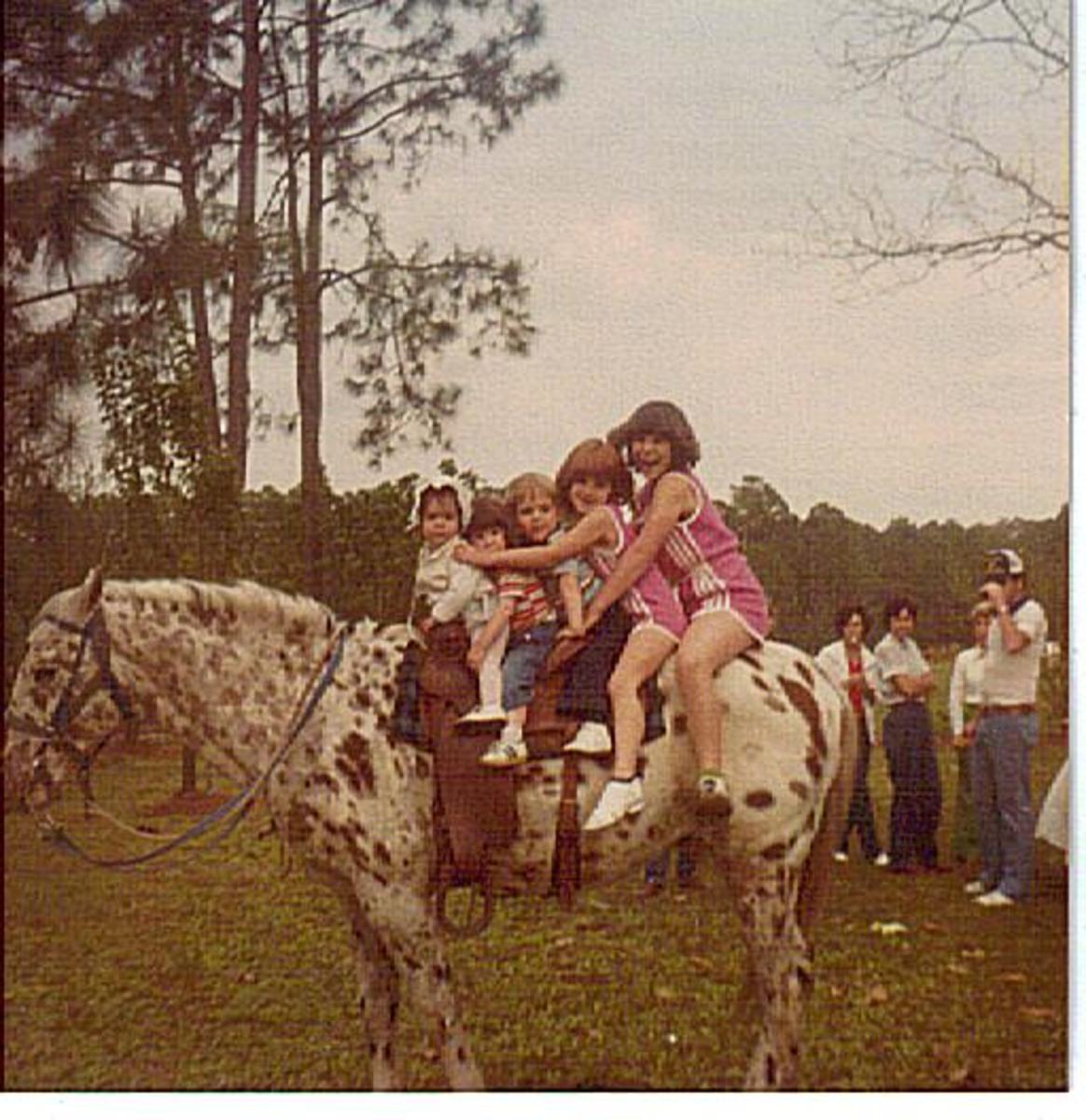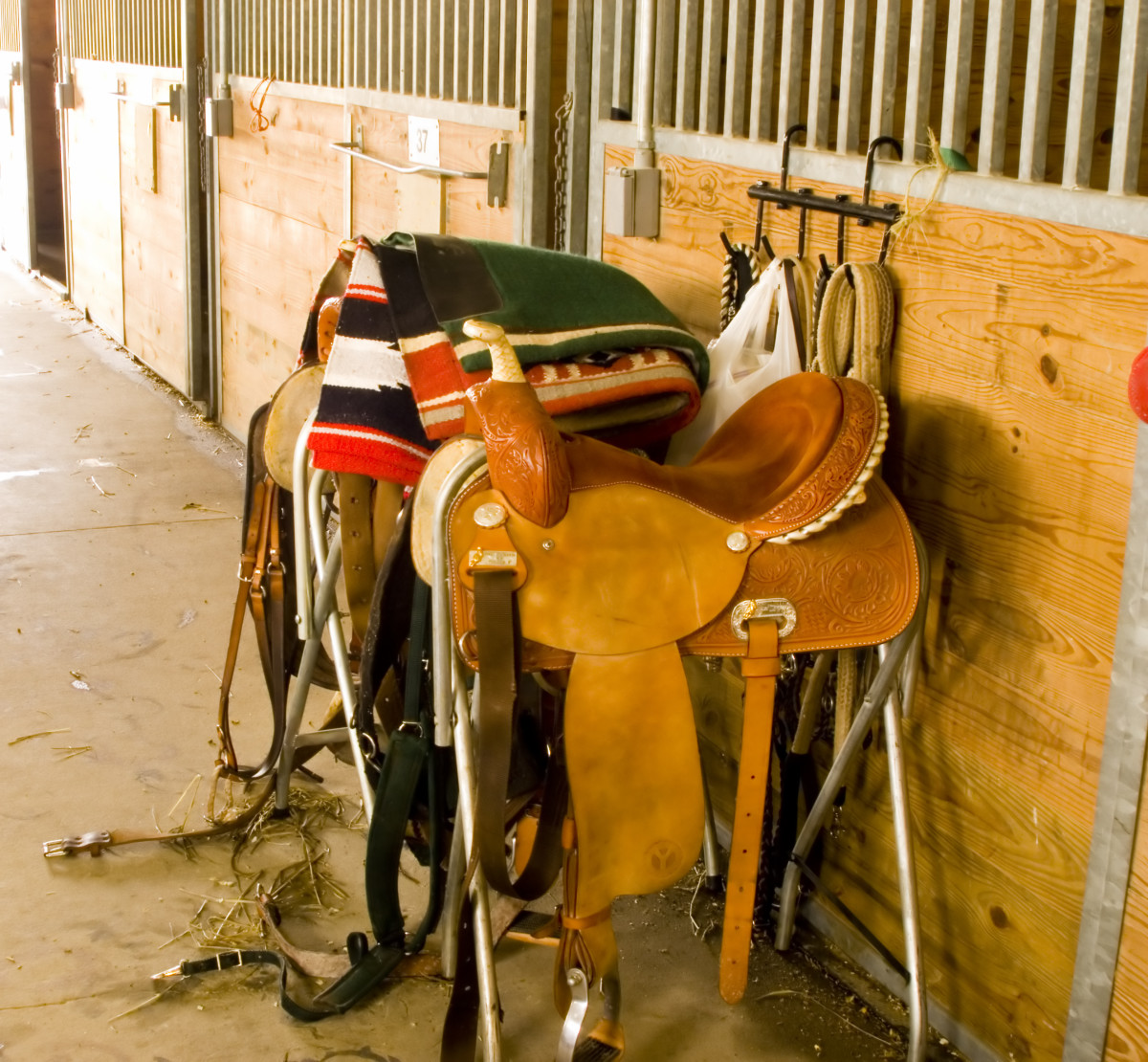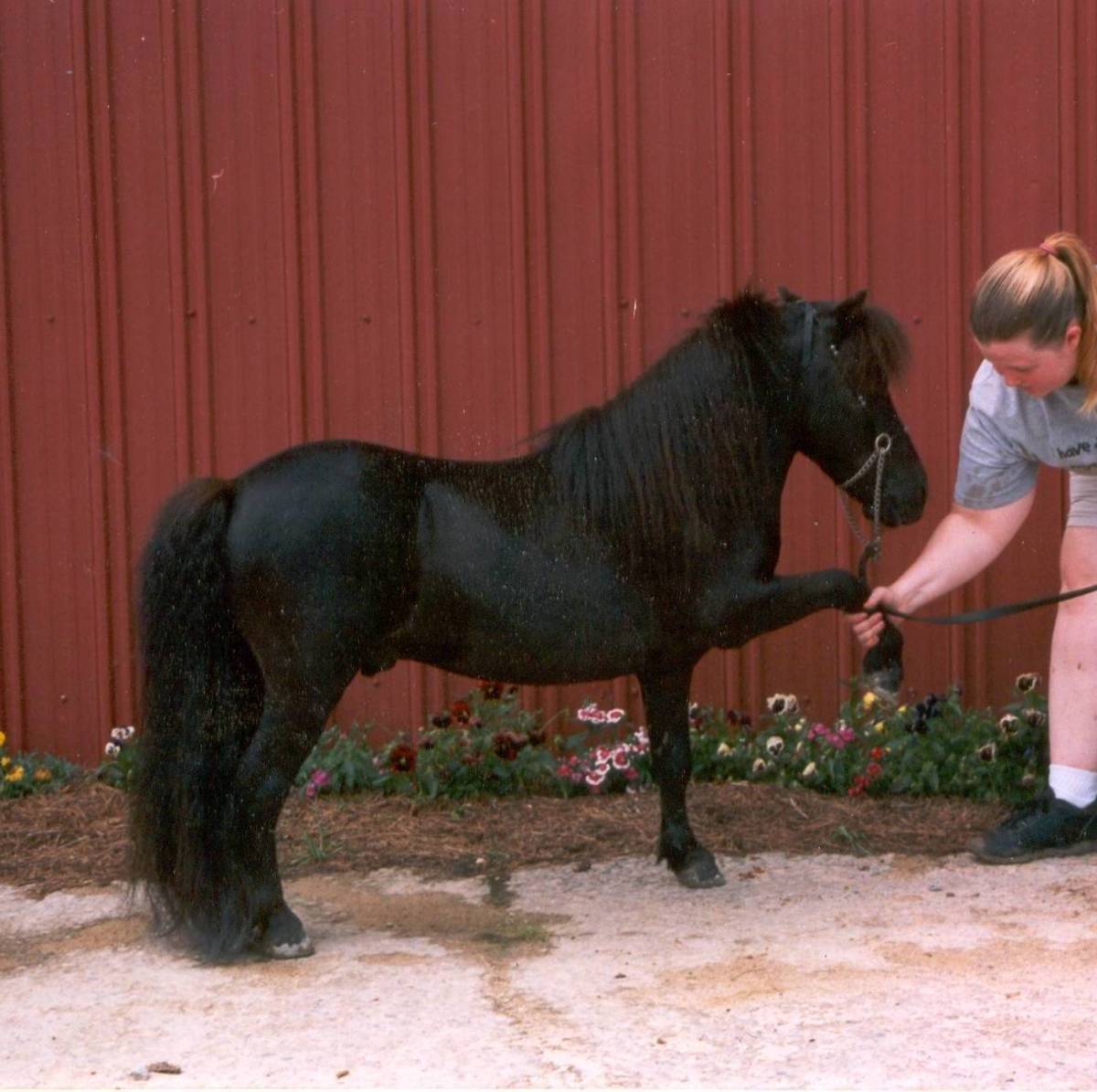How to Handle a Horse
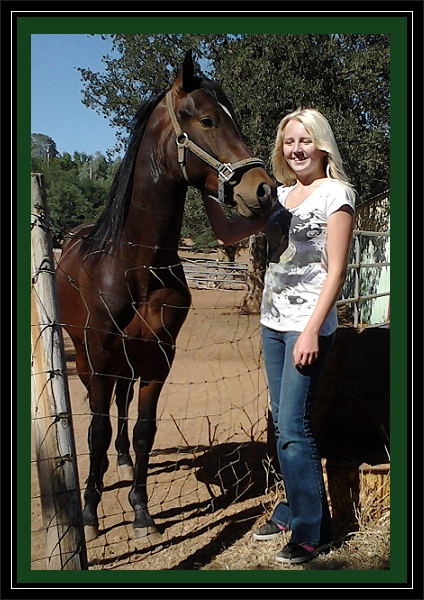
Foals, Mares, Geldings and Studs
Handling a horse is serious business. Clowning around while you’re trying to handle a horse can lead to serious, even fatal consequences.
Here you will read the various personality profiles and behavior you can expect when handling horses. This is for anyone that may find themselves with a lead rope in their hand one day or have and they want more information about.
There are two methods a horse will use to harm a human. They will either kick you or bite you.
- Kicking, in horse psychology, is not meant to kill you, it is meant to discipline you. Obviously humans aren't as large as a horse, so a kick can prove to be debilitating.
- Biting on the other hand is a direct attack at you to harm you. You're more likely to be bit by a stud than a mare and very unlikely to be bit by a gelding. Foals nip in a playful fashion, but it must be corrected immediately so it won't become a form of play.
Depending on whether you're handling a foal, a mare, gelding (a stud that has been castrated) or a stud you'll handle each in a different manner.
- Foals, need firm, yet gentle, guidance. Whatever you're asking him to do you should exaggerate your gestures somewhat.
- Mares, in general, are not likely to bite or kick you. The breeding cycle for a mare can produce some very obvious mood swings when she comes into season (ready to be bred). Some mares you won't notice this cycle, but for the majority, if you know your mare well, you will notice she's a bit more stubborn during her cycle, maybe not as energetic, and generally in a nasty mood. Sometimes she's better off left in her pasture for a couple of days.
- Geldings, are docile and willing. In thirty years of handling horses I have yet to meet a nasty gelding or should I say a gelding as nasty as a mare can be. A mare can have powerful mood swings with her breeding cycle, you won't see that in a gelding. Usually they are even tempered and willing.
- Studs, such a powerful animal! When a stud walks into the barn you can practically feel the air vibrate with his every step. There's hardly anything as riveting as a stud in the show ring! If trained properly they are magnificent performers. When handling a stud be watchful for them to bite. You're far more likely to be bitten by a stud, refer to biting above for the reasoning behind a bite. Evolution has put studs in the position of protecting mares, fighting off rivels and breeding his herd. Biting is how he does this.
Horses have a great deal of finesse and agility regardless of their size. Think about it; how often do you see a mare stepping on her foal even when it's lying between her legs? Never. They know exactly where their hooves are and their tail and their nose. When a horse steps on your foot, then just stands there while you’re screaming and flailing your arms trying to get him off, he knows he has stepped on your foot. It was not an accident. When your whipped by his swishing tail, he knows he whipped you and he will probably do it again. These are a horses way of seeing who's really the boss. Just in case you're not sure, YOU ARE the boss. When you go on trail rides your horse needs to know your going to lead the way and you know what your doing or he will. Somebody has to be the leader of the herd, the boss, and it better be you.
Why do Horses Spook?
Horses are at the bottom of the food chain. This means everything that a horse does, every minute of their day and night, they are on guard for predators. A horse will not rely on you to protect him, nor will he stick around to protect you. It’s every horse for himself in the equine world. Sudden moves, an unfamiliar noise, a human on their back, it’s all predator behavior and the horse needs to avoid it to survive. A horse allows a person to be astride him because he has been trained to accept a human on his back. When the saddle pad is first set on his back, very often the horse will shy away from it or buck it off. Evolution has been the trainer for thousands of years and its done an excellent job!
When we hear that a horse is spooky or that a horse spooked about something, it is the evolution of living at the bottom of the food chain rearing it’s head to say, “There’s something in that bush that’s going to eat you!” or, “That plastic bag is a predator, run for your life!”
Knowing this can help you with your ability to handle a horse. If you apply this knowledge when you’re handling your horse you will be able to avoid dangerous situations sometimes. You'll be able to see ahead and avoid putting your horse into a predator/prey state of mind. The following are some basic rules to follow when handling a horse:
Leading
When you are leading your horse anywhere, the horses head should be just about at your shoulder, not ahead and not behind. If the horse gets ahead of you then he is leading you (in his horsey mind) and he will drag you where he wants to go. When a horse spooks the first direction they move off to is away from the predator, plastic bag or whatever, and then they will lunge forward to speed away: dodge and run. If you’re at his shoulder or further behind, you will sustain a body slam like nothing you've ever felt. A horse is upwards of 800 lbs, that’s a solid slam! While you’re regaining your senses your horse is down the road with the lead trailing behind.
If you are too far in front you're giving the horse a perfect opportunity to nip your backside. Another disadvantage of leading too far out in front is that you will not notice that your horse has spooked. By the time you notice your face is in the dirt and you have hoof prints up your back from when he ran you over. Again, you're looking at the backside of your horse running down the road with his lead line. Your best position is with his head at your shoulder, your hand holding firmly just below the lead line clip.
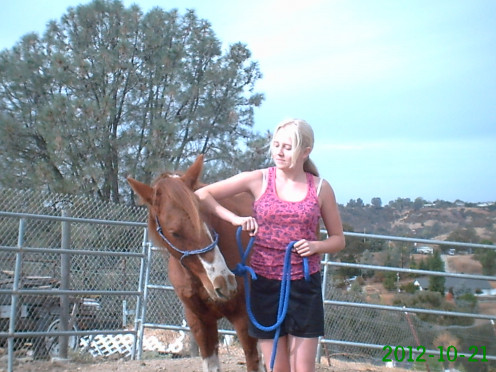
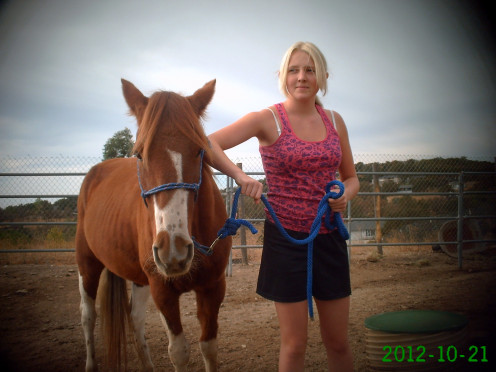
Grooming
Starting at the top of his neck use a soft brush and work your way down his neck and back brushing the dirt and hair towards his tail and down his legs.When you move to the other side either pass behind close enough that if he decided to kick the impact would not be as great because you’re so close or pass far enough away that a kick would not reach you. A horse can stretch their back leg out very far when they choose to.
When you pass behind a horse your shoulder should almost be touching their rump as you pass by.
A good indicator of your horses mood is their ears. When you’re grooming your horse pay attention to the movement of his ears. If his ears are forward he’s in a good mood and enjoying the grooming. If his ears are half way back and sort of hanging, he probably is not feeling well or he’s heading for a bad mood. If his ears are turned backwards either he’s listening to you (his ears will move forward and back alternately) or he’s irritated. If the tips of his ears are pointed towards his rear nearly laying on his neck, he's mad and he’s about to bite or kick.
Another indicator of your horses mood is the swishing of his tail. When you’re brushing along his side if you notice his tail keeps whipping you, it’s not an accident. He's signaling you that he doesn't feel like being groomed.
Summary
A friend of mine would always put her jacket on after she had mounted her gelding. One day when she grabbed the jacket, her gelding spooked and threw her off. She couldn't believe that he acted like that, but for that split second he was prey and evolutions training popped up, that jacket was a predator and off she went.
When you're handling any horse use caution. As you get to know your horse better you'll be able to relax around them because you know their behavior. You know what is going to spook him and what isn't. Just always have your eyes open and expect the unexpected. Be careful and Happy Trails to You!

